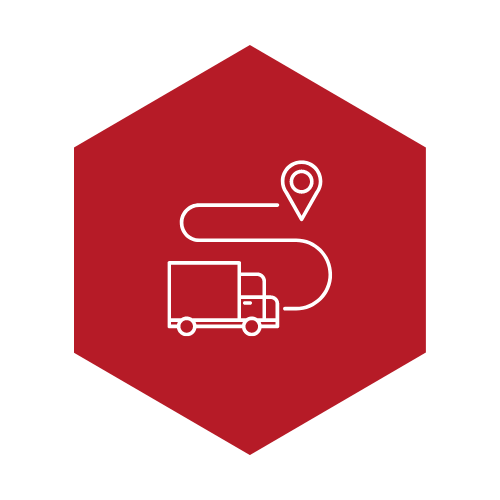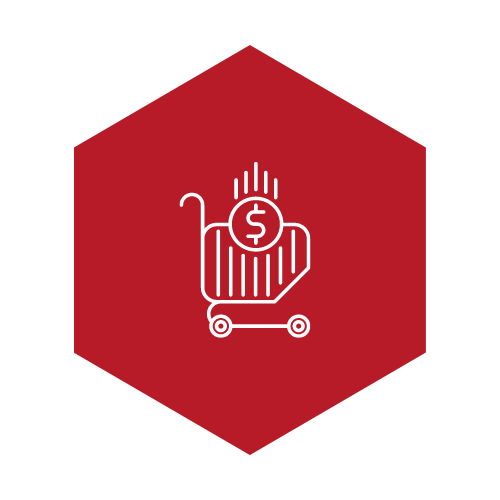Imagine a future where creating the perfect meal is as effortless as pressing a button. This concept is no longer a fantasy but is swiftly transforming into reality with the emergence of 3D food printers! Learn how these new machines cook and serve food with accuracy and style.
In this article, discover how it works, what kinds of food it can make, and the advantages and disadvantages of it. Keep reading to see how this technology could change meals in the future!
Understanding 3D Food Printing

3D food printing is like using a special printer to make foods in different shapes and styles. Instead of ink, this printer uses food materials like mashed fruits and vegetables. These materials are pushed through a small opening in the printer to shape the food the way you want.
The process starts with designing what you want to eat on a computer. This design is then put into the 3D printer. The printer builds the food piece by piece from the bottom up. There are two main ways to do this:
- Fused Deposition Modeling (FDM): It heats up food material like dough or chocolate. Then, it squeezes it out into the desired shape.
- Binder Jetting: It spreads out a powder, like powdered sugar. Then, spray a liquid on it. This liquid makes the powder stick together in layers to create shapes.
Both methods allow you to make various food shapes, from simple to complex.
A Quick History of 3D Food Printing
3D food printing is a new invention that's been around for a few decades. It began with basic ingredients like chocolate and dough in the early 2000s. During that time, more people started trying the technology with different foods.
Originally, this tech was for space research, helping astronauts get better meals. Cornell University was a pioneer in 2006, and by 2013, NASA was also using it. Soon after, it was found to be used in healthcare for patients and in kitchens for creative cooking.
Many companies make these printers for different uses, from restaurants to military needs. Today, 3D food printing is growing fast, changing how people think about making and eating food.
Printable and Non-Printable Foods with 3D Printing
As technology advanced, 3D food printers have expanded their menu. Now, they can handle a variety of ingredients and create an array of dishes:
- Pasta and pizza
- Pureed potatoes
- Decorative frostings and icings
- Pancakes
- High-end chocolates
- Assorted cakes
However, not all foods can be printed by a 3D food printer. Here are the following:
- Liquids
- Raw Meat
- Fried Foods
- Very Watery Foods
Benefits of 3D Food Printing
One big advantage of 3D food printing is making meals personalized to individual needs. However, this technology has other benefits you might not think of immediately.
Safer Eating
With 3D food printing, chefs and food makers can create custom dishes for people with dietary needs. This makes dining safer for guests, especially those with allergies. They can enjoy meals made just for them without compromising on taste or how it looks.
Perfect Presentation
3D food printing makes foods in detailed shapes and designs. This means you can create food sculptures, buildings, and complex shapes like gears. It's exciting for the food world because chefs and foodmakers can now design eye-catching dishes that stand out.
Simple and Sustainable
Regarding being eco-friendly, 3D food printing is a big help. It cuts down on wasted food and materials, which is better for the planet. Plus, it encourages using plant-based or lab-grown ingredients. This means you can make food in a way that's less harmful to the environment.
Cost-Cutting
Printing food with 3D printers can save a lot of money and make things more efficient. It makes producing food faster and easier, reducing the need for many people to do the work. It's good for reducing food waste because it only makes the amount needed, minimizing leftovers.
Cons of 3D Food Printing
Like any story, 3D food printing has two sides. While it does have some limits, the good parts are usually more important, depending on how and where it's used.
Limited Shelf Life
Foods created through 3D printing often have a shorter storage life than traditional foods. Their unique structure leads to quicker deterioration. Nonetheless, this shorter shelf life is not a concern in fast-casual restaurants. Meals are freshly prepared and immediately served hot, ensuring no waste.
Not Home-Friendly
Keep in mind that 3D food printers are large pieces of equipment. Though user-friendly, operating these printers requires skilled personnel and a designated area.
Conclusion
3D food printing is a fresh method for meal preparation, offering customizable and inventive dishes. Despite challenges such as food perishability and the size of printers, its benefits stand out. These benefits include personalized meals, visually appealing food, and environmental friendliness. As this technology gets better and easier to use, it could change how you eat.
Ready to experience the future of food? Explore our collection of 3D food printers and revolutionize your meal preparation today!




















